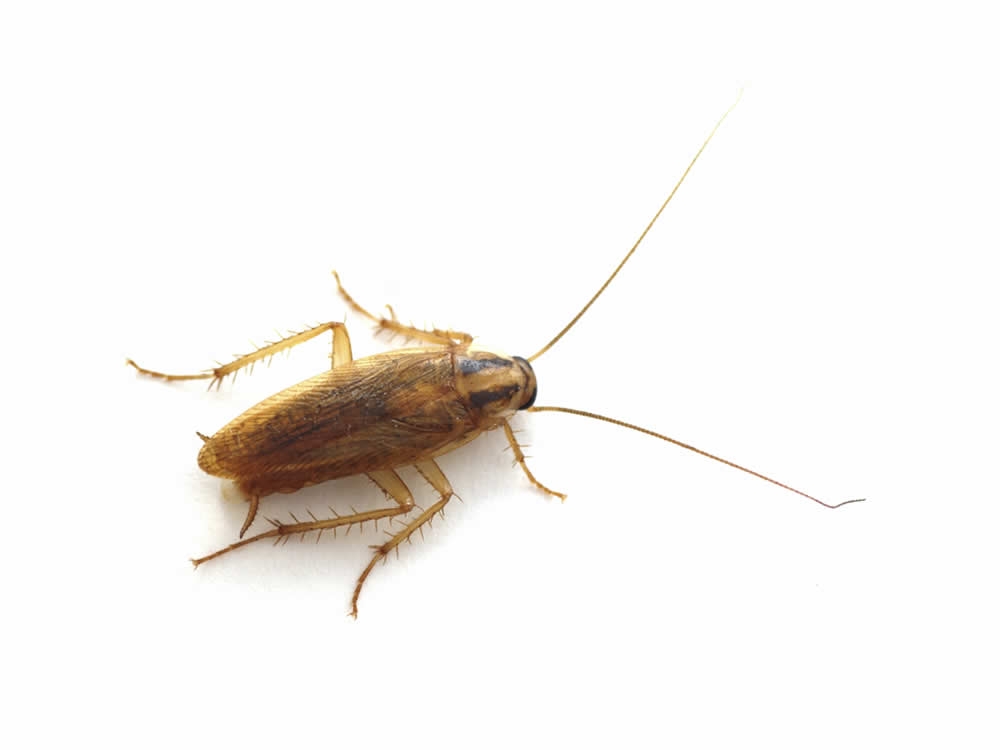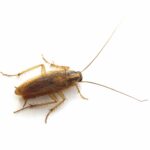Securing your home against the annual influx of pests is not only advisable but essential. Implementing preventive measures can significantly minimize, or even prevent, the intrusion of three distinct types of barriers: Physical, Chemical, and Agricultural, offering an effective solution to shield against various pests. Utilizing one or a combination of these methods can establish a robust defense against pest invasions.
Physical Barriers
Creating physical barriers within your home involves sealing openings such as cracks around windows (especially basement windows), door thresholds, attic spaces, roof vents, and similar areas. Filling these gaps with suitable materials not only protects against pests but also enhances insulation, ultimately reducing utility bills. Inspect and plaster any cracks in the concrete walls around basement windows for added protection.
Ensure doors are not left ajar, as pests can enter your home within a matter of seconds. If you encounter slow-flying or clustered flies, consider installing screens on door edges and sunlit windows to prevent their entry.
Chemical Barriers
To keep pests at bay, applying insecticides from ground level up to 1-2 meters in your vicinity and extending 1-2 meters beyond can be effective. However, granular insecticides may not offer as prolonged protection as liquid sprays.
Agricultural Barriers
Implementing agricultural barriers serves as another line of defense against pest invasions. Eliminating conditions conducive to infestations transforms your home and its surroundings into a less desirable habitat.
Remove plants within your immediate vicinity and clear shrubbery in the vicinity, cutting tree branches that may serve as bridges for pests to access buildings.
Avoid storing firewood indoors, especially in closed spaces. Outdoor storage, elevated and away from direct contact with the ground, can prevent pests from seeking shelter within. Many pests spend winter in wood and dry timber. When brought indoors, these pests may become active with temperature changes, spreading in the surrounding environment.
Maintain a dry environment, as many pests are unable to regulate their body moisture and thrive in humid conditions.
Regularly clean and remove potential hiding places for pests such as rocks, leaves, garbage, and plant debris. This practice is beneficial for controlling ground beetles, which feed on insects found in these hiding spots.
If you consistently encounter a specific pest species during the same period each year, consider removing plants that may serve as hosts for that particular pest.
Clear debris, plant residue, and leaf remnants from window sills to prevent ideal hiding spots for spiders and cockroaches.
Securely seal pet food and containers to prevent attracting ants and cockroaches.
Turn off lights that may attract crickets during the night, as they are nocturnally active.
By implementing these measures, you create a comprehensive defense strategy against pest invasions. Regular maintenance and adherence to these guidelines contribute to a pest-free living environment.
Potent Odors Don’t Deter Pests
The unpleasant odor emanating from insect repellent sprays and similar products sold in supermarkets has no correlation with deterring pests. The malodorous nature of these products is solely attributed to certain chemical compounds used in insect repellents. The true efficacy in eliminating pests, however, lies in chemical formulations specifically crafted not to emit any discernible scent. Contemporary approaches increasingly favor organic methods that, despite producing minimal odor, prove highly effective against pests.
Lıghted Insect Traps Are Effective Againts All Pests
Electric insect devices are indeed effective against insects attracted to light. However, when you open the device to clean the trap, you may find the carcasses of various insects such as bees, moths, and dragonflies (known to feed on mosquitoes), but notably, you may not come across any dead mosquitoes. In reality, for these devices to kill mosquitoes, it requires the unfortunate event of a mosquito entering the device. In summary, electric insect devices are not universally effective against all pests.










